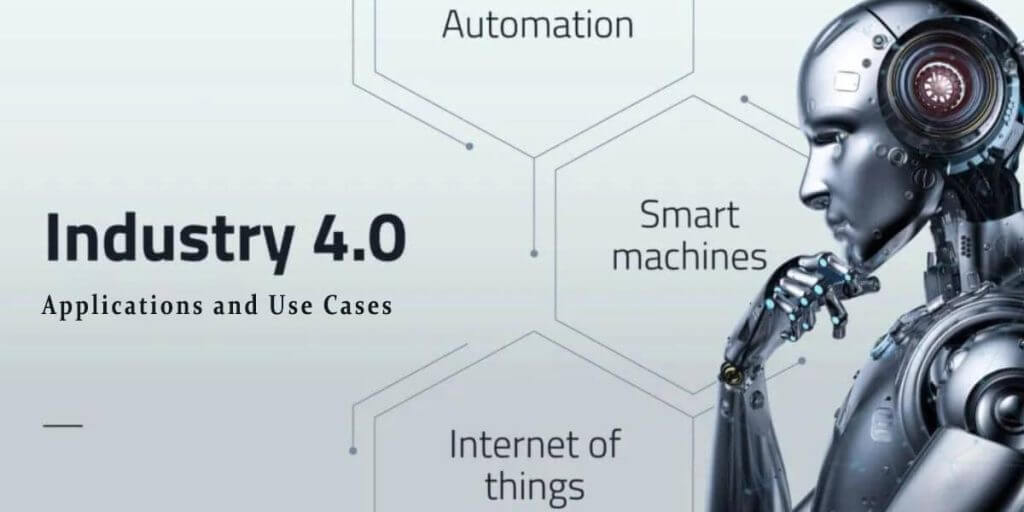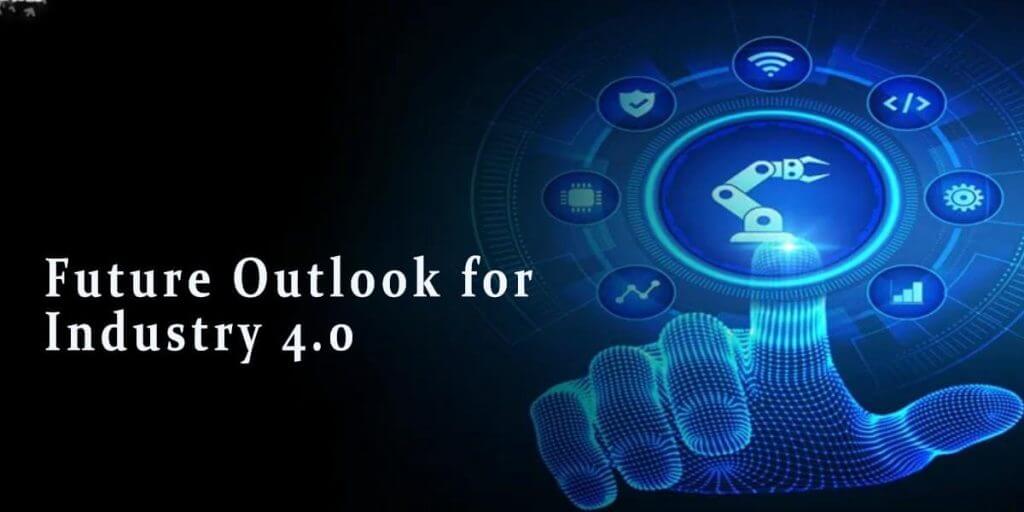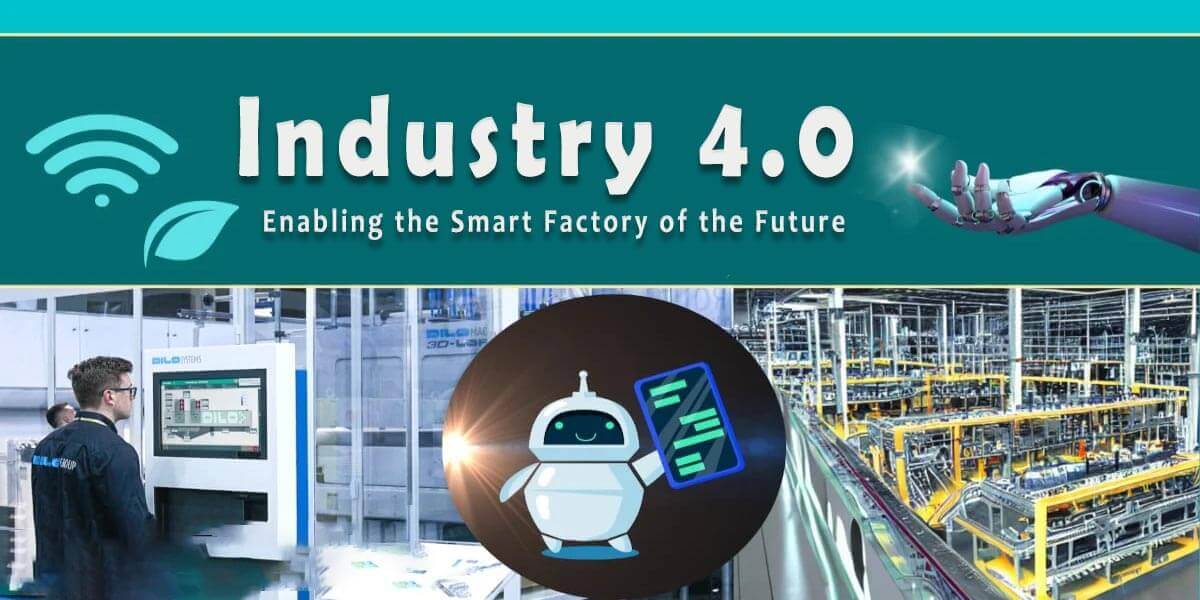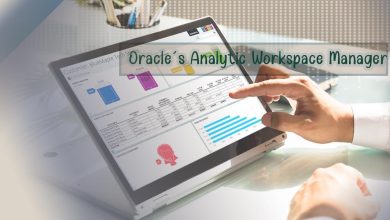Industry 4.0: Enabling the Smart Factory of the Future
Industry 4.0 represents the current automation and data exchange trend in manufacturing technologies. It involves cyber-physical systems, the Industrial Internet of Things, cloud computing, and cognitive computing to create intelligent, connected value networks. This article will provide an in-depth overview of Industry 4.0’s origins, technologies, applications, benefits and the future outlook of this digital transformation.
Origins of Industry 4.0
Industry 4.0 originated in Germany in 2011 when the government initiated the High-Tech Strategy 2020 Action Plan to promote digital manufacturing. They sought to optimize existing engineering, automation, and manufacturing strengths to remain competitive globally. This led to the creation of the Industrial Internet working group, Plattform Industrie 4.0. They aimed to develop a strategic initiative for the fourth industrial revolution by merging physical production with digital capabilities.
The first industrial revolution involved mechanization through water and steam power in the late 18th century. The second revolution used electric power to drive mass production in the early 20th century. The third revolution began in the late 20th century with the adoption of electronics and IT to further automate production. Industry 4.0 builds upon these revolutions by introducing cyber-physical systems, the Industrial Internet of Things, cloud computing, cognitive technologies and more. It aims to create intelligent networked factories with end-to-end digital integration and value chain visibility.
Key Technologies Enabling Industry 4.0
Several foundational technologies work together to enable Industry 4.0’s vision of intelligent, connected manufacturing:
Cyber-Physical Systems (CPS)
CPS integrate computing and physical processes. They contain embedded systems that monitor and control physical entities through sensors, actuators and network connectivity—for example, an intelligent machine with multiple sensors providing real-time data analysis and control capabilities.
The Industrial Internet of Things (IIoT)
IIoT refers to networked machines and devices within industrial environments that use sensors and software to gather and share data. This includes tools, workstations, vehicles, and other equipment that can communicate with one another and internal systems.
Cloud Computing
Cloud platforms provide on-demand access to shared pools of configurable computing resources like servers, storage, databases, networking, software and analytics tools via the internet—industry 4.0 leverages cloud infrastructure for data collection, processing, storage and applications.
Cognitive Computing/Artificial Intelligence (AI)
AI technologies like machine learning, neural networks and computer vision are applied to industrial problems involving big data analytics, predictive maintenance, quality control and more. Cognitive systems can identify patterns to enable autonomous decision-making.
Additive Manufacturing
3D printing and advanced manufacturing technologies give engineers new design freedoms. They also enable on-demand, decentralized parts production with less waste.
Augmented Reality/Virtual Reality
AR and VR applications provide remote assistance, enhanced operator training and virtual product prototyping capabilities. They bring the digital and physical worlds closer together.
Blockchain
Distributed ledger technologies promote transparency and trust in supply chain transactions. They can track materials, components and finished goods throughout the product lifecycle.
5G Networking
5G and low-latency wireless connectivity will be crucial to support real-time data transmission requirements between billions of industrial IoT devices. It enables new applications involving robotics, autonomous vehicles and more.
Industry 4.0 Applications and Use Cases

With these digital technologies, Industry 4.0 aims to revolutionize manufacturing processes and business models. Here are some key application areas:
Predictive Maintenance
Sensors continuously monitor industrial equipment performance to detect issues. Analytics platforms analyze this operational data to predict failures and schedule maintenance. This avoids unplanned downtime.
Remote Monitoring and Control
Systems allow remote access and control of production machinery from any location. Engineers can supervise operations and detect and resolve issues to maximize efficiency.
Autonomous Robots
Advanced robots use sensors, AI and machine vision for autonomous material handling, assembly, packaging, quality control and more repetitive/dangerous tasks. This improves productivity, consistency and safety.
3D Printing of Spare Parts
On-demand 3D printing reduces spare parts lead times. It eliminates the costs of extensive component inventories and rush shipping fees during unplanned downtime.
Digital Twin Technologies
Digital replicas of physical assets and processes enable remote monitoring, simulations and “what-if” scenario testing. This supports data-driven decision-making for design, operations and maintenance.
Supply Chain Optimization
End-to-end visibility of inventory levels and material/component flows facilitates just-in-time manufacturing. It minimizes warehousing costs through automated replenishment based on actual production needs.
Augmented Operator Training
AR applications overlay digital information onto the real world. They provide operators with interactive, hands-on guidance for equipment operation and troubleshooting tasks.
Benefits of Industry 4.0
Industry 4.0’s focus on digital transformation promises to deliver significant benefits to manufacturers and their customers:
Increased Flexibility
Data-driven manufacturing enables quick product customization, short production runs, on-demand manufacturing and mass personalization.
Improved Productivity
Automation and real-time optimization reduce waste and inefficiencies. Remote monitoring increases uptime. Predictive maintenance avoids unexpected outages.
Higher Quality
Integrated quality control systems ensure consistent product quality. Data-based improvements enhance processes over time.
Reduced Costs
Better asset utilization lowers expenses. Analytics reduce scrap, rework and excess inventory costs. Remote servicing avoids travel fees.
Optimized Supply Chain
End-to-end visibility and automation create a lean, responsive supply chain. Demand signals trigger precise replenishment.
Job Enrichment
Repetitive/dangerous tasks shift to robots. Workers engage in more creative problem-solving using digital tools. New skills are required.
Enhanced Customer Service
Customers access real-time order status and proof of compliance. Personalized offerings improve satisfaction.
Sustainability
Data and sensors enable resource and energy usage optimization. Less waste improves the environmental footprint.
Read More: Step into the Future: Moonwalkers, the Ultimate Speed Shoes
Future Outlook for Industry 4.0

While Industry 4.0 adoption still varies globally, momentum is building as its strategic and economic advantages become clearer. Key future trends include:
Increasing IoT Connectivity
Billions more industrial sensors and devices will transmit real-time data via evolving 5G networks and edge computing architectures.
Pervasive Artificial Intelligence
Advanced machine learning algorithms will drive increasingly autonomous decision-making across manufacturing operations.
Expanded Digital Twin Usage
Digital twins will move beyond products to represent entire production lines, factories and complex systems for predictive analytics.
Ubiquitous Robotics
Collaborative robots will work safely alongside humans. Mobile robots handle more complex logistics tasks autonomously.
Augmented Reality Growth
AR applications enhance remote support, training, quality inspection and more through interactive digital overlays.
Blockchain Integration
Distributed ledgers provide tamper-proof traceability for materials and components throughout global supply networks.
Skills Transformation
Technical and soft skills training programs adapt workers to new roles involving AI, data science, cybersecurity, etc.
New Business Models
Manufacturing-as-a-service, predictive servitization and outcome-based pricing change traditional ownership and contracting relationships.
Open Platforms
Interoperability standards facilitate plug-and-play integration of disparate systems from various vendors onto common cloud-based platforms.
Conclusion
Industry 4.0’s vision of intelligent, connected manufacturing promises sweeping changes that optimize operations while unlocking new growth opportunities. Early adopters gain competitive advantages through agility, quality and insights that digital transformation provides. While challenges remain around skills, technology integration and security, Industry 4.0’s long-term impact on the global industry will be profound as the physical and digital worlds converge. Its innovative applications and continuing evolution ensure an exciting future for intelligent factories.





